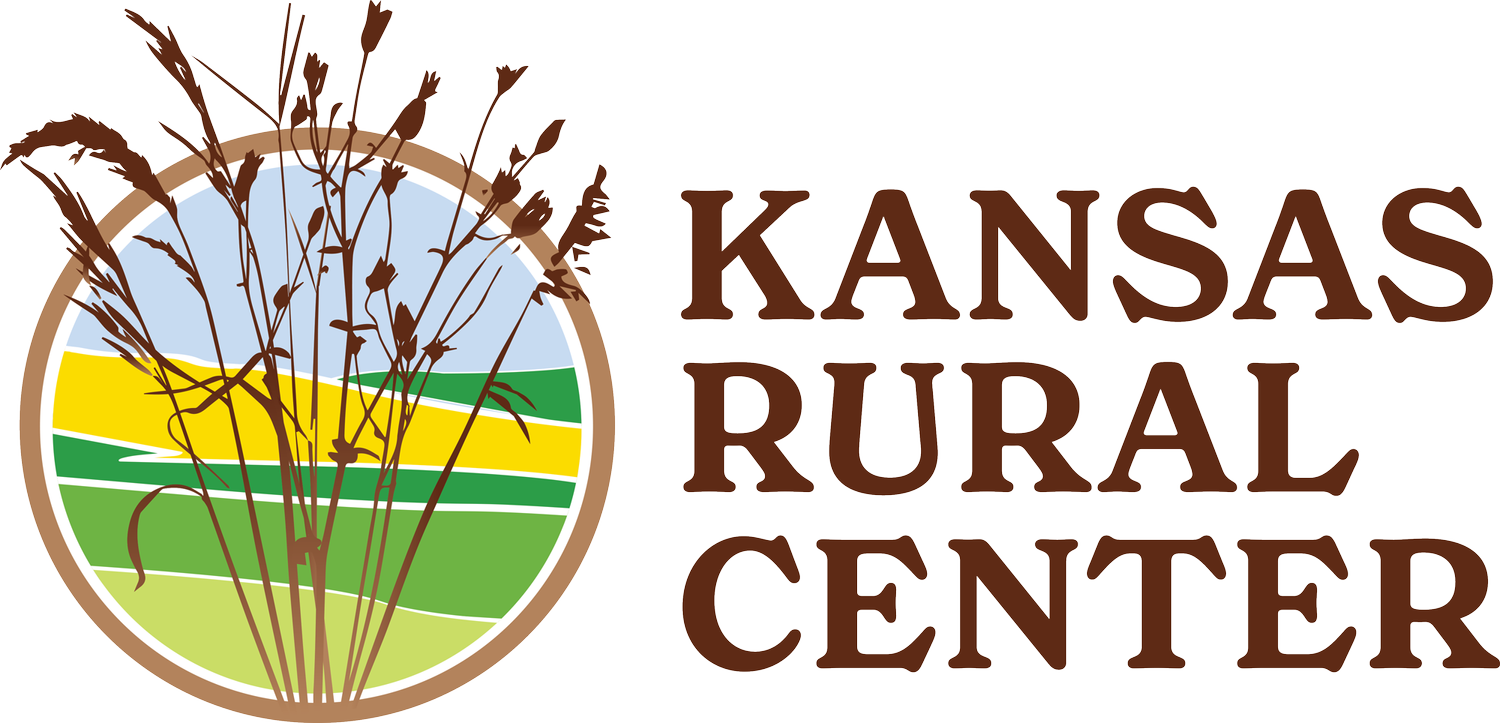A Review of the Rural Grocery Summit - Jackie Keller
Photo credit: Ellie Frayer
Ryan and I attended the 7th Biennial National Rural Grocery Summit in Wichita June 20-21, where we learned about the important work happening around food access, rural grocery, and community vitality. With over 240 registered attendees from 35 states and DC, the summit had a great turnout. Fifty presentations were delivered over the course of two days.
A highlight for me was connecting in-person with three Central Topeka Grocery Oasis (CTGO) board members, and also with a woman who grew up in Greensburg who just happened to come to my table during the social hour. She knew well and spoke highly of the City Administrator, who I’ve been communicating with on local food. An impressive keynote during Monday’s lunch was Stacy Mitchell from Portland, Maine, the Co-Executive Director of the Institute for Local Self-Reliance who presented “Trustbusting Makes A Comeback.” The good news is that a remarkable revival of anti-monopoly policy is now underway which should help rural groceries and the communities they serve. President Biden has broken with his predecessors and appointed to the Federal Trade Commission and Dept. of Justice reformers who are committed to restoring the vigor to our antitrust laws. Stacy charted the course of this dramatic sea change and what it means for rural grocers and the communities they serve.
Breakouts I attended were from the “Building Thriving Communities” track starting with the topic of “Healthy Food Financing” which featured Kate Foley from The Food Trust in Philly who provided an overview of the Healthy Food Financing Initiative (HFFI) movement nationally and a background on the origin and development of the KS Healthy Food Initiative (KHFI). Sarah Jolley, Wichita State U. & Jeff Usher, KS Health Foundation discussed the variety of approaches and partners involved in the evaluation of KHFI.
Alice Hill, Step Back in Time Food Market - Photo credit: Ellie Frayer
Regarding rural grocery research, Jessica Ramirez from K-State Research and Extension’s Rural Grocery Initiative displayed findings of a statewide survey administered in 2021 to better understand the contemporary status of Kansas rural grocery stores. Building upon a 2008 survey, data collected from the ’21 survey spans various topics, including typical owner and store characteristics, community impacts, challenges, and information pertaining to the current state of Kansas rural grocery stores amidst the COVID-19 pandemic. For stores able to adopt on-line systems, other data revealed an increase in fruit/veggie sales from purchases made on-line.
One of my favorite takeaways under the topic, “Healthy Eating Interventions”, was “Food in the Field: An Adaptable, Online Program that Meets Busy Rural Families Where They Are by Encouraging Small Shifts Toward Better Health.” University of Nebraska- Lincoln and Nebraska Ext. reps explained this free on-line program which offers some simple meal ideas for farmers to rely more on grocery stores rather than take-out during their busiest seasons. HAY There is the on-line newsletter.
Barb Depew discussing Summer Food Programs - Photo credit: Ellie Frayer
Another idea addressing rural families’ hectic schedules came from the owners of Main Street Market in a town of around 700 residents in rural MN, who told of their “Hybrid Model Featuring Traditional Shopping and 24-hour Access for Rural Communities.” This unique model could allow small groceries to thrive in rural communities. Alice Hill, Luray, KS (pop.166) introduced a strategic model in Kansas, with the Step Back in Time Food Market, home of the original topless high tunnel. Alice talked on restoring year-round local food supply for small rural towns without an urban area nearby.
No rural grocery summit taking place in Kansas would be complete without the story of The Mildred Store, where in a town with less than 25 people, a store not only survives but thrives while working toward becoming a destination business. Marilyn Logan of The Marmaton Market in Moran, KS (pop 466) also highlighted solutions to obstacles facing rural grocery stores. And, the school-run model of Bluestem Mercantile in Leon, KS claims success not only because of the flexibility that can exist in small towns but also its ability to see educational opportunities for students. The store is now a model for other schools that may want to take on similar projects.
The last breakout I attended, “Economic Disruption and the Rise of the “Grocery” Dollar Store: What Independents Should know/Do” addressed market forces affecting rural communities where I learned differences in Mainstream vs. Fringe stores (Dollar General), which don’t have healthy foods, dominate market potential and are not SNAP authorized. Then, circling back to anti-trust was Alan Lewis of Natural Grocers in Lakewood, CO who reiterated what some of our readers are well-aware of, “exemptions of Anti-Trust laws are worse in dairy than any other sector!” Since the dominant dairy co-ops and retailers are suppressing their retail dairy costs using anti-competitive means, local dairies have no profitable markets and smaller independent/affiliated grocers have significantly higher wholesale costs, in turn, retail prices.
Ending on a more positive note was an overview of the development and formation process of the Rural Access Distribution Cooperative (RAD Co-op) in North Dakota, and a panel discussion among members so that our communities may learn from their experience. The summit program with details about each presentation is available online.
Attendees share why they support rural grocery - Photo credit: Ellie Frayer





